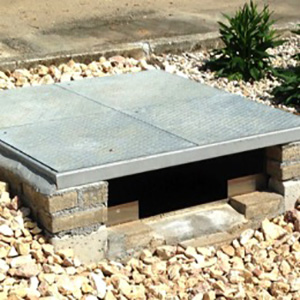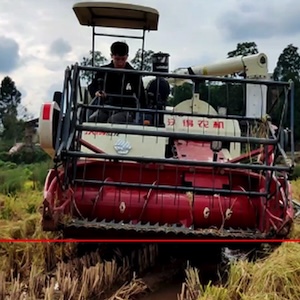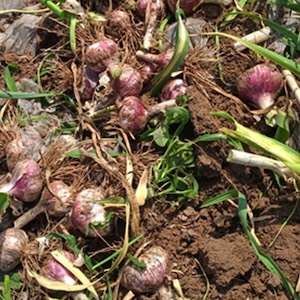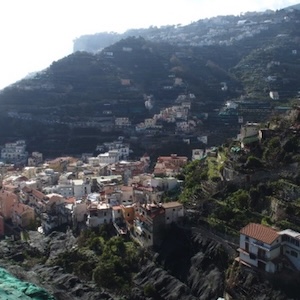Hydrologic performance assessment of nature-based solutions: a case study in North-eastern Italy

Published: 2 February 2023
Abstract Views: 1988
PDF: 492
Appendix: 61
HTML: 26
Appendix: 61
HTML: 26
Publisher's note
All claims expressed in this article are solely those of the authors and do not necessarily represent those of their affiliated organizations, or those of the publisher, the editors and the reviewers. Any product that may be evaluated in this article or claim that may be made by its manufacturer is not guaranteed or endorsed by the publisher.
All claims expressed in this article are solely those of the authors and do not necessarily represent those of their affiliated organizations, or those of the publisher, the editors and the reviewers. Any product that may be evaluated in this article or claim that may be made by its manufacturer is not guaranteed or endorsed by the publisher.
Similar Articles
- Salvatore Faugno, Collins Okello, Roberta Infascelli, Francesca Audino, Luca Ardito, Stefania Pindozzi, Experimental tests on a new harvesting system for Burley tobacco , Journal of Agricultural Engineering: Vol. 44 No. s2 (2013): Proceedings of the 10th Conference of the Italian Society of Agricultural Engineering
- Annamaria Costa, Marcella Guarino, Marco Porro, Pierluigi Navarotto, EVALUATION OF PM10 EMISSION FROM FARROWING AND FATTENING SWINE ROOMS BY CONTINUOUS ON-LINE MEASUREMENTS , Journal of Agricultural Engineering: Vol. 38 No. 1 (2007)
- Daniele Pochi, Roberto Fanigliulo, Lindoro Del Duca, Pietro Nataletti, Gennaro Vassalini, Laura Fornaciari, Luigi Cerini, Filippo Sanjust, Diego Annesi, First investigation on the applicability of an active noise control system on a tracked tractor without cab , Journal of Agricultural Engineering: Vol. 44 No. s2 (2013): Proceedings of the 10th Conference of the Italian Society of Agricultural Engineering
- Piernicola Masella, Alessandro Parenti, Paolo Spugnoli, OLIVE PASTE CONSISTENCY AS A CONTROL PARAMETER FOR OIL EXTRACTION: A PRELIMINARY APPROACH , Journal of Agricultural Engineering: Vol. 39 No. 3 (2008)
- L. Picco, R. Rainato, L. Mao, F. Delai, A. Tonon, D. Ravazzolo, M.A. Lenzi, Characterization of fluvial islands along three different gravel-bed rivers of North-Eastern Italy , Journal of Agricultural Engineering: Vol. 44 No. s2 (2013): Proceedings of the 10th Conference of the Italian Society of Agricultural Engineering
- Marco Vizzari, Maurizia Sigura, Urban-rural gradient detection using multivariate spatial analysis and landscape metrics , Journal of Agricultural Engineering: Vol. 44 No. s2 (2013): Proceedings of the 10th Conference of the Italian Society of Agricultural Engineering
- Salvatore Barbagallo, Giuseppe L. Cirelli, Alessia Marzo, Mirco Milani, Attilio Toscano, Effect of different plant species in pilot constructed wetlands for wastewater reuse in agriculture , Journal of Agricultural Engineering: Vol. 44 No. s2 (2013): Proceedings of the 10th Conference of the Italian Society of Agricultural Engineering
- Giacomo Costagli, The use of disc stack centrifuge in the virgin olive oil industry , Journal of Agricultural Engineering: Vol. 49 No. 2 (2018)
- Nicoletta Tomasello, Francesa Valenti, Giovanni Cascone, Simona M.C. Porto, Improving natural ventilation in renovated free-stall barns for dairy cows: Optimized building solutions by using a validated computational fluid dynamics model , Journal of Agricultural Engineering: Vol. 52 No. 1 (2021)
- Evelia Schettini, NETS FOR PEACH PROTECTED CULTIVATION , Journal of Agricultural Engineering: Vol. 42 No. 4 (2011)
<< < 52 53 54 55 56 57 58 59 60 61 > >>
You may also start an advanced similarity search for this article.

 https://doi.org/10.4081/jae.2023.1485
https://doi.org/10.4081/jae.2023.1485












